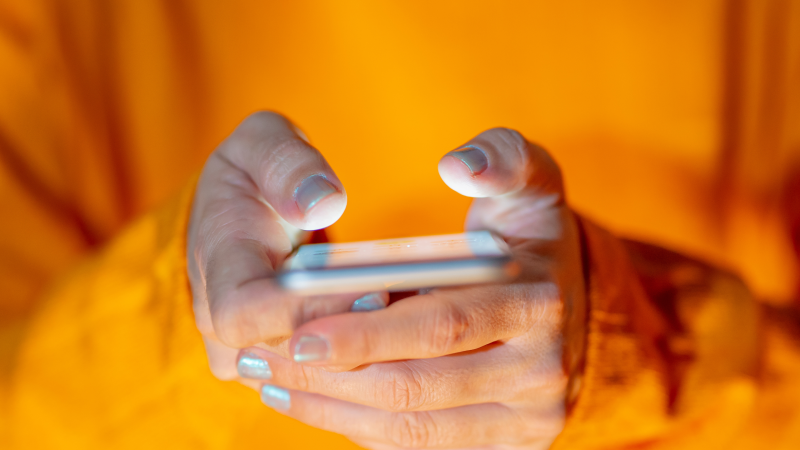
Bullying, including cyberbullying, can have serious impacts on individuals, organisations and communities. Unfortunately, cyberbullying is common in Australia, with a 2020 study by the eSafety Commissioner showing that as many as 44% of teens had experienced a negative online event in the previous six months.
What is cyberbullying?
Cyberbullying, also known as online bullying, is bullying that’s done using technology. It can happen on a social media site, game, app, or any other online or electronic service or platform and may include posts, comments, texts, messages, chats, livestreams, memes, images, videos and emails.
As physical interactions are limited over remote devices, cyberbullying usually takes the form of repeated offensive, threatening, humiliating, or otherwise harmful interactions, often with added complications owing to the anonymity and around-the-clock access of cyberbullies to their victims.
Cyberbullying can be just as hurtful as physical or verbal bullying for several reasons:
- it’s public, and lots of people can see it
- it spreads quickly
- it can be hard to escape
- the bully can be anonymous
- removing it can be a difficult process.
Mental health impacts of cyberbullying
Cyberbullying can severely impact victims, causing poor academic performance, emotional distress, anxiety, and low self-esteem. Victims often withdraw socially, avoid technology, and show mood changes. The constant nature of cyberbullying can lead to more severe outcomes than traditional bullying, particularly depression. Cyberbullying also creates unsafe environments in organizations, potentially leading to claims for compensation if not addressed.
What to do if you are experiencing cyberbullying
There are things you can do to address or avoid cyberbullying.
- Talk to someone you trust – a relative, a school counsellor, a friend, or a workmate.
- ‘Block’ or ‘unfriend’ the bully and change your privacy settings.
- Share your login details only with people you trust.
- Take screenshots to keep the bully’s mobile phone messages, and emails or social network conversations – you might need this for evidence.
- Report the post, image or message.
- Do not forward or share the post or message. It is better to leave a group or conversation and not to take part.
What can you do to help?
If someone you know is being bullied:
- reassure them that you are in this together and that you will help
- help them plan how to respond to and cope with the bullying
- encourage them to talk openly about what’s happening and how this is making them feel
- suggest they see a health professional to talk things through
- identify practical steps and strategies together – who they can talk to at school/work/sport and what they can do when the bullying is happening.
Information and resources on cyberbullying and how to address it
- Call the police on triple zero (000) if you or someone you know is in danger.
- Lifeline (13 11 14) is a free and confidential service staffed by trained telephone counsellors.
- The Office of the eSafety Commissioner helps victims of cyberbullying
- Visit the Australian Government’s eSafety and/or safety parents website.
- Learn more about cyberbullying at Reachout.com.
- Youth Law Australia provides legal information to children and young people in Australia.
- The Australian Human Rights Commission (1300 656 419) has a complaint handling service that may investigate complaints of discrimination, harassment and bullying.
Talk to us today
For more information, contact us on 1300 779 270 or make an enquiry now.


